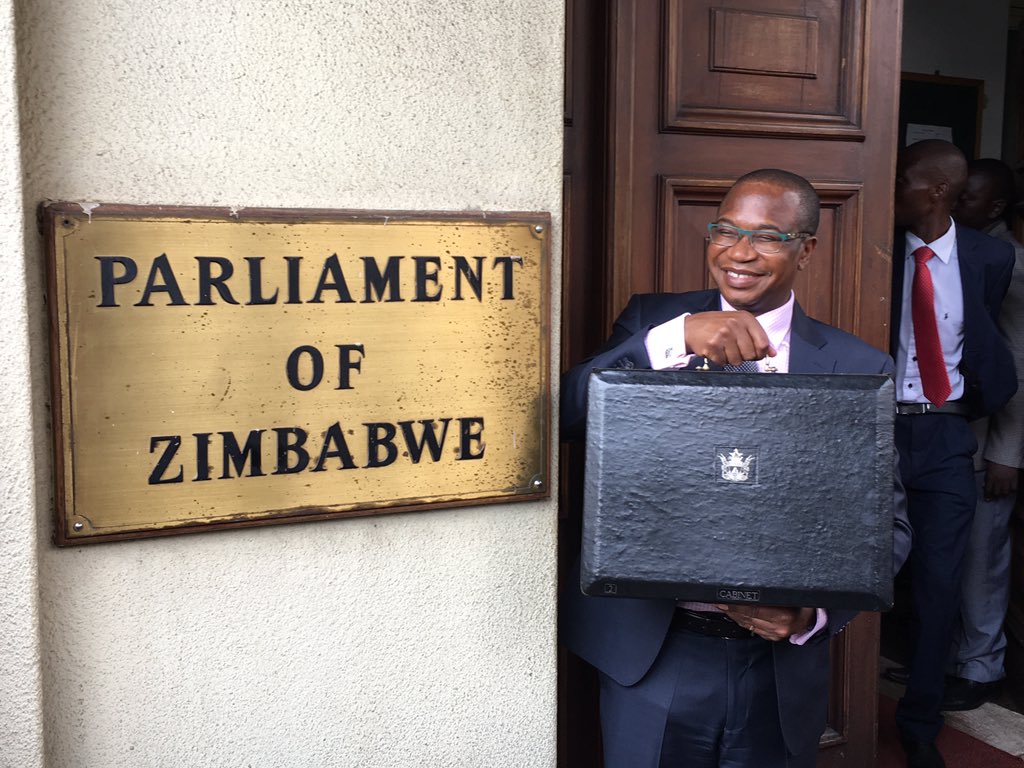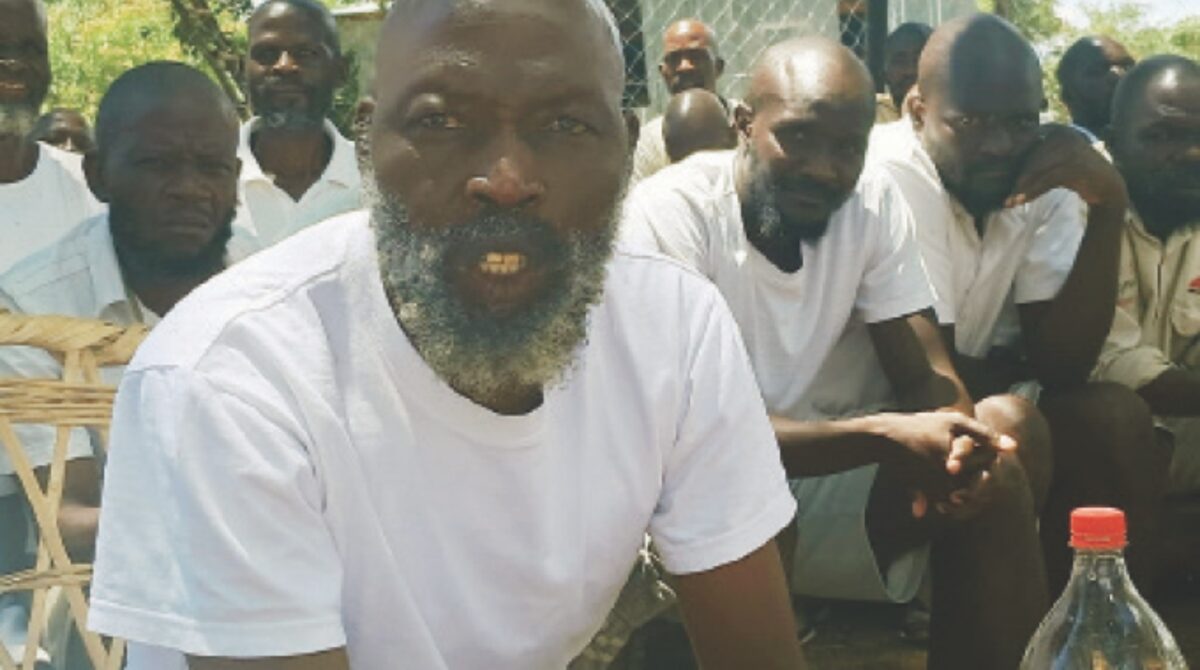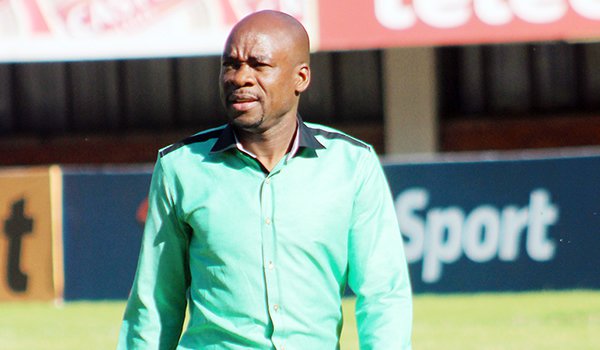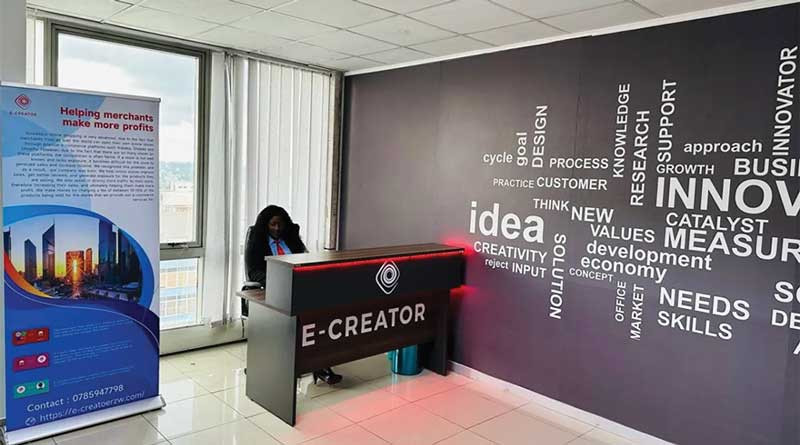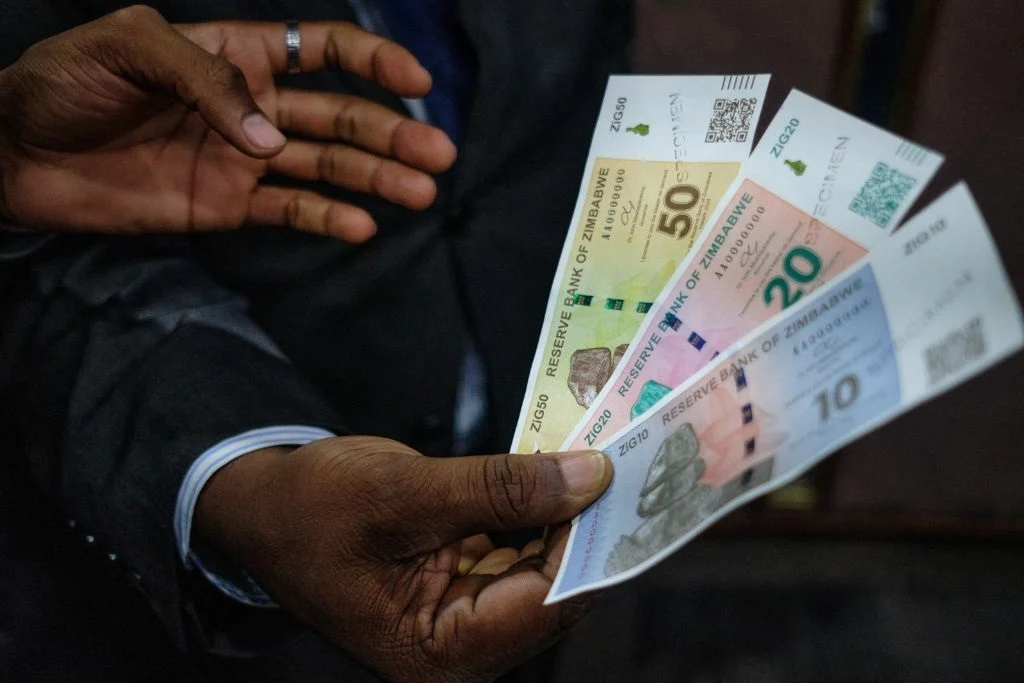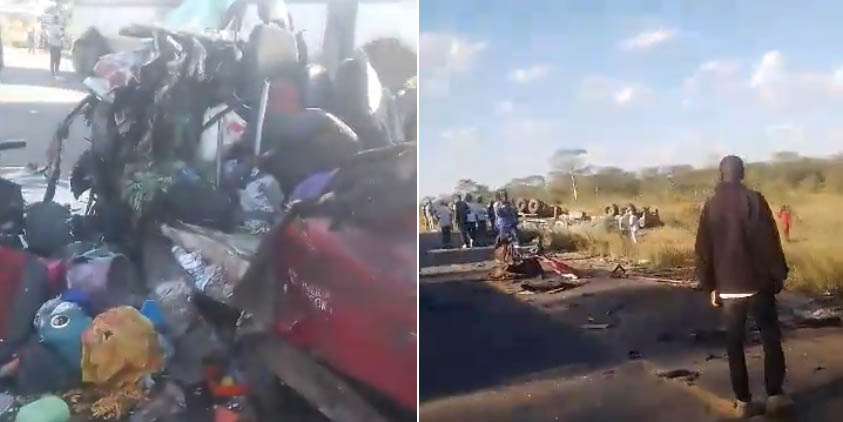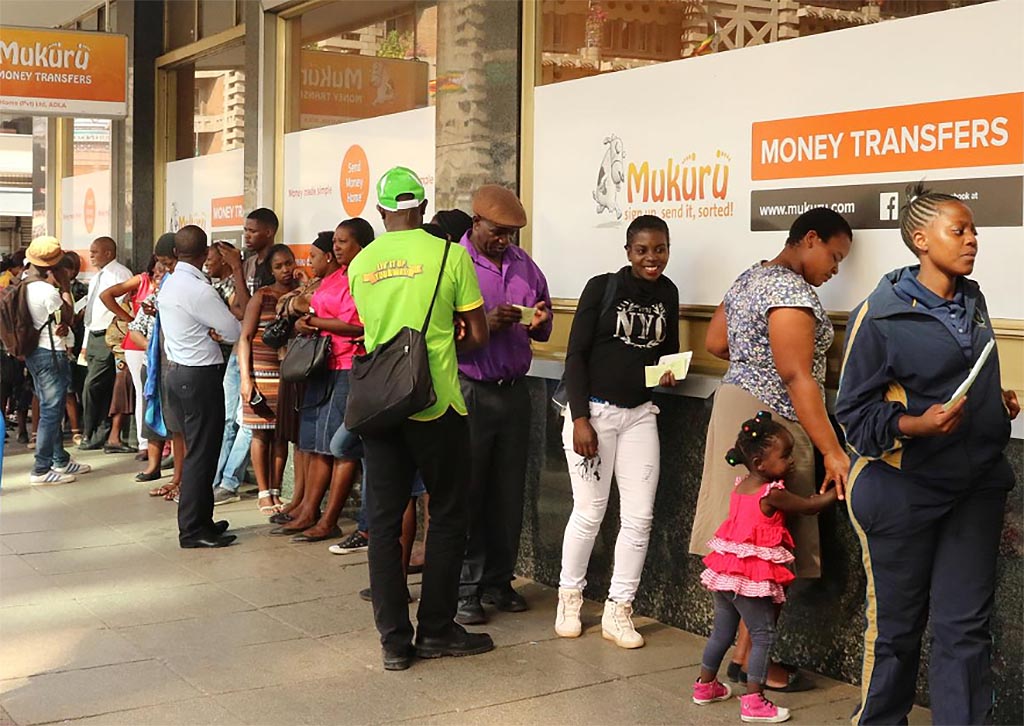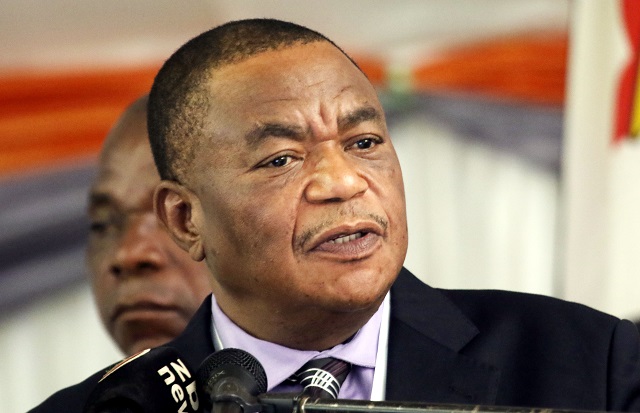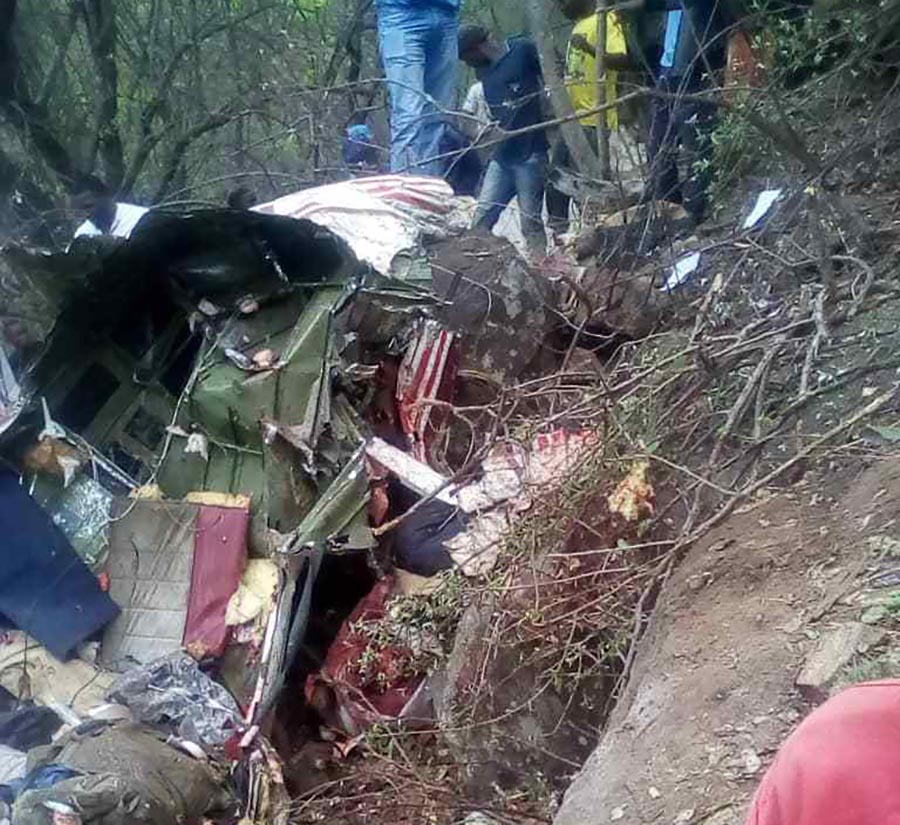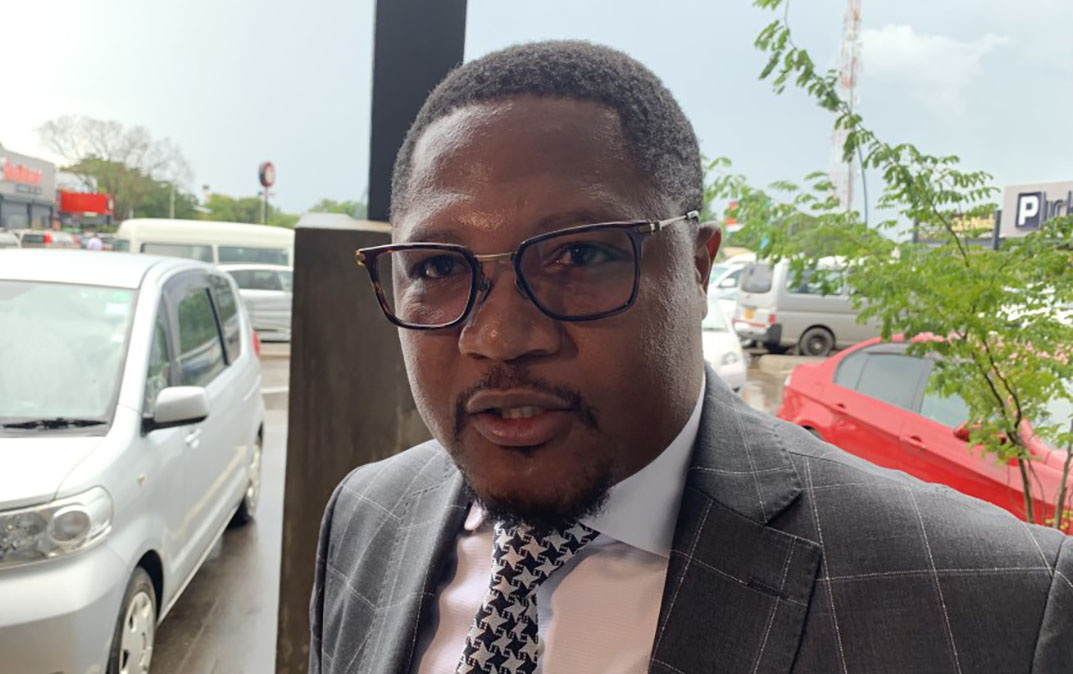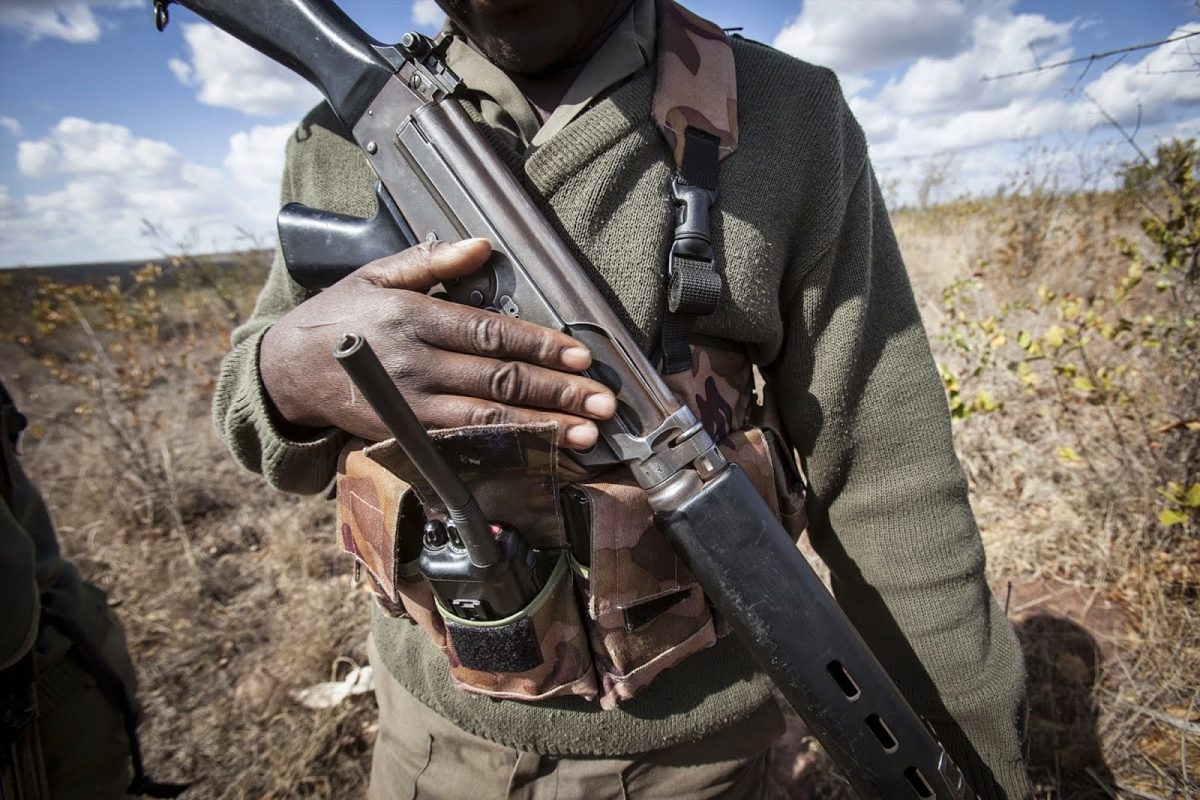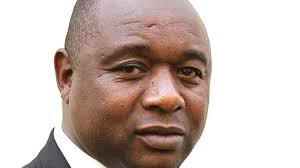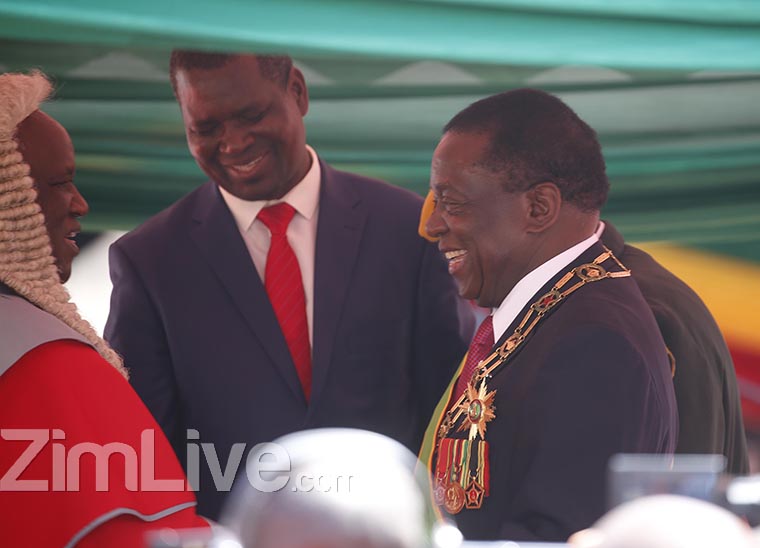HARARE – Finance minister Mthuli Ncube announced new electricity tariffs on Thursday while also hiking road toll fees.
Average domestic electricity tariffs would rise to ZW$0.27 up from ZW$0.9 per kilowatt/hour with immediate effect as the government seeks to raise more funds for power imports.
The business tariff would average ZW$0.45, up from nine cents.
Presenting the 2019 mid-term budget review, Ncube announced that tollgate fees for light motor vehicles would go up from ZW$2 to ZW$10 – meaning motorists will now fork out ZW$60 on a one-way trip between Harare and Bulawayo.
Minibuses will pay ZW$15 up from ZW$3; buses will pay ZW$20 which has increased from the current ZW$4; heavy duty vehicles will pay ZW$25 from the previous ZW$5 and new toll fees for haulage trucks are ZW$50 from ZW$10 previously.
Zimbabwe has been suffering acute power shortages since May as a result of a prolonged drought that has reduced output at its largest hydro plant in Kariba and ageing coal-fired generators that keep breaking down.
“In the short term, power supply deficit can only be met through power imports and hence it is urgent that the government capacitates ZESA to mobilise requisite resources through appropriate cost recovery tariffs implemented through a differentiated scale,” Ncube said.
ZESA will be allowed to bill exporting firms in foreign currency which should be ring-fenced in a special account solely for purposes of importing electricity, the minister added.
Ncube did not announce any new pay increases to cushion government workers whose salaries have been eroded by the resurgent inflation. Unions say many now struggle to buy basic goods like sugar, flour and cooking oil.
The finance minister however did raise the tax-free threshold from the current ZW$350 to ZW$700.
The hope and euphoria that greeted long-time leader Robert Mugabe’s departure after a coup in 2017 has gradually turned to despair as his successor President Emmerson Mnangagwa has failed to revive the economy or usher in meaningful political reforms.
The economic meltdown is fuelling popular anger, and there are concerns of a resurgence of the violence that spilled onto the streets in January, when a sharp rise in the price of fuel sparked protests and an army clampdown in which more than a dozen people died.
Some of the government’s actions like running a budget surplus for the first time in years, stopping runaway money-printing and ending offshore borrowing and as well as limiting its central bank overdraft under an IMF staff monitoring programme are supposed to revive the economy.
But probably the biggest driver of inflation expectations is the lack of confidence many Zimbabweans have in the country’s new currency, the Zimbabwe dollar, which was re-introduced in June. Before then, it was named the RTGS dollar and had been artificially pegged to the United States dollar, leading to a huge discrepancy between its official and black market rate.
(Additional reporting Reuters)
